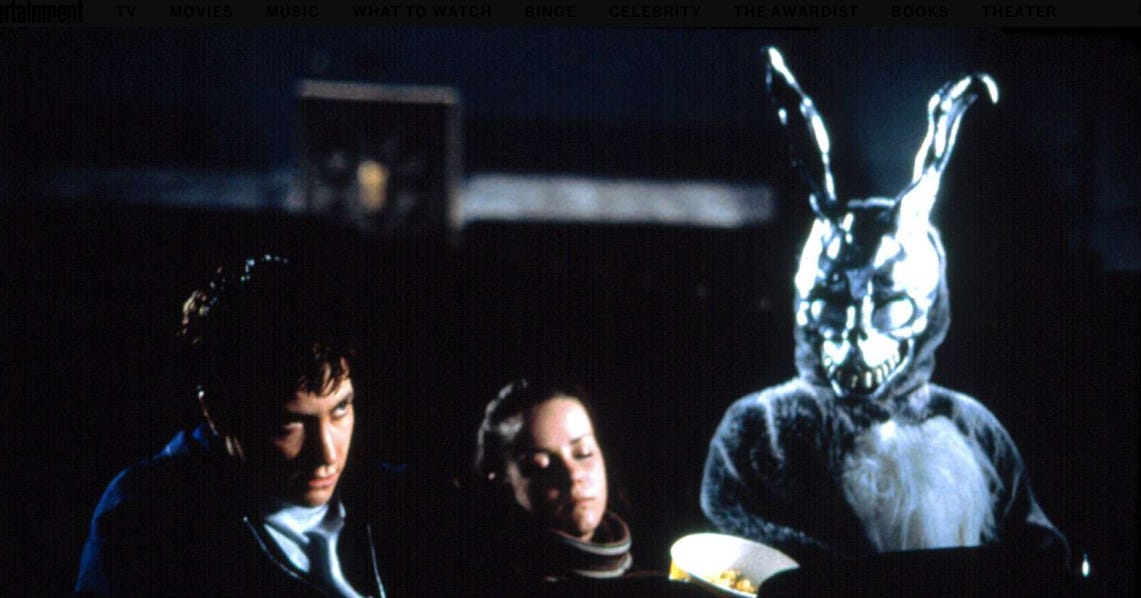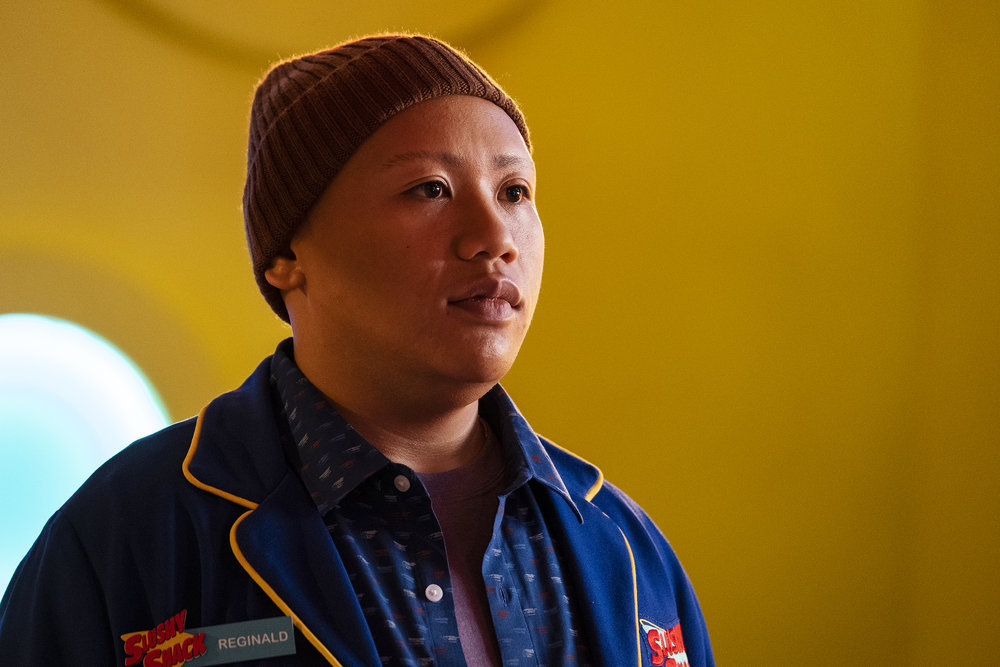The result plays like a relaxed, intuitive, mirror-world equivalent of the great and under-seen Oliver Stone movie “Talk Radio,” starring Eric Bogosian and based on his play, which was about a bombastic late-night talk show host inciting, insulting, and otherwise battling with callers. What the movies have in common, besides an “all in one night” structure, is a sense that they’re examining the United States’ body politic at the times in which they were made. The energy here is quieter, more empathetic and intuitive, more “feminine,” at least in contrast to the hairy-chested alpha-dog verbal attacks of “Talk Radio,” but it’s a shock to realize that a lot of the ills that Stone and Bogosian diagnosed have not gone away, only mutated. It also feels like it could be a companion piece to the Sidney Poitier film “The Slender Thread,” about workers at a suicide hotline who try to prevent a woman from killing herself.
Beth’s callers are lonely and feel abandoned and/or oppressed by society. There’s a sardonic veteran of the Iraqi and Afghanistan wars who is traumatized by his experience and tossed aside by his government and whose marriage is in trouble. “Try explaining that to the missus, how much you miss sleeping in a room full of dudes and guns,” he says. There’s a young woman who is verbally gifted (Beth tells her she sounds like a poet) but who is mentally ill and not taking her meds because her comedian partner dumped her and she lost her health insurance. She’s feeling paranoid and beleaguered and is upset by pretty much everything. “I have snakes for bones,” she says, and tells Beth that she calls her own brain “Brian…because it’s scrambled.” There’s a young homeless woman who ran away from home and now lives in “a cozy two-person tent.” The scariest caller is a young man whose hatred of women is apparent even before he confirms it to Beth and starts trying to breach the parameters she insists upon.
One of the aspects that’s most fascinating in retrospect is how little information the movie feels it needs to give the audience in order to create a mood and a story. Although it’s based on an original screenplay, it plays like a filmed theater piece, adapting a production of the sort of play that would run in a small venue, and that was chosen in large part because it’s not the kind of piece that requires big or complicated sets.
It’s judicious with exposition, too. You don’t know exactly where Beth lives or whether there are any other living beings in the place with her until the movie decides to tell you. You also don’t know exactly what sort of service Beth works for. She tells one caller that not everybody who reaches out to her is suicidal, although they all sound like they’re potentially on the edge. (One waves away Beth’s concern by stating, “I don’t have an urge to kill myself, I’m just looking at it objectively.”) Most people just call to talk. Beth doesn’t fill out any forms or submit reports on a computer. You don’t see her take written notes. There are a couple of cuts to her notebook revealing that she makes drawings while she talks to people.
























































![Key Metrics for Social Media Marketing [Infographic] Key Metrics for Social Media Marketing [Infographic]](https://www.socialmediatoday.com/imgproxy/nP1lliSbrTbUmhFV6RdAz9qJZFvsstq3IG6orLUMMls/g:ce/rs:fit:770:435/bG9jYWw6Ly8vZGl2ZWltYWdlL3NvY2lhbF9tZWRpYV9yb2lfaW5vZ3JhcGhpYzIucG5n.webp)

















